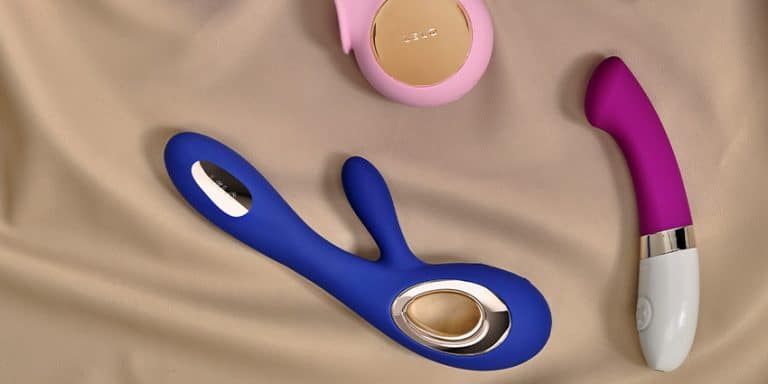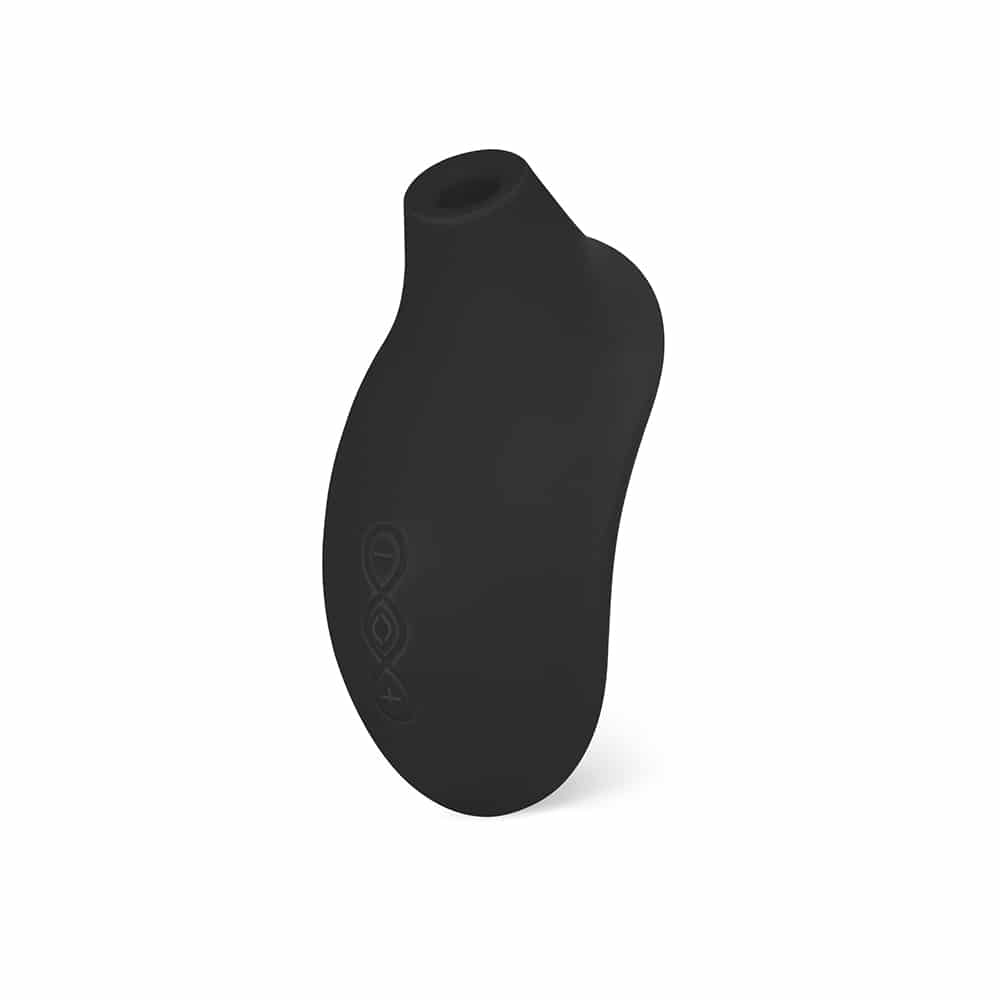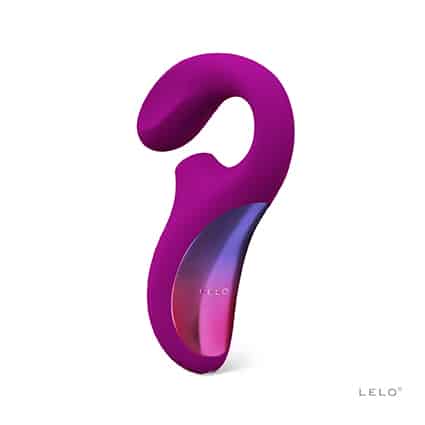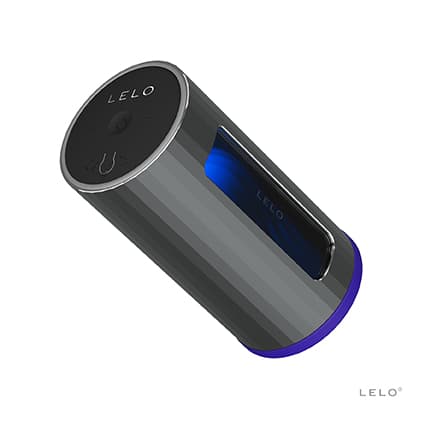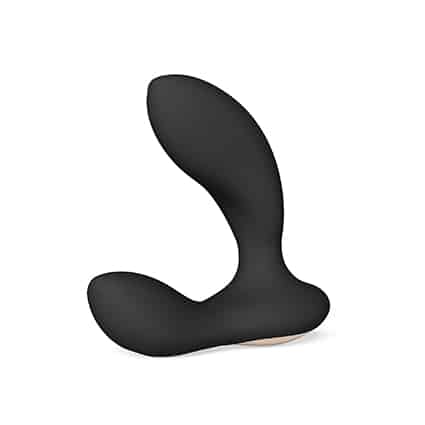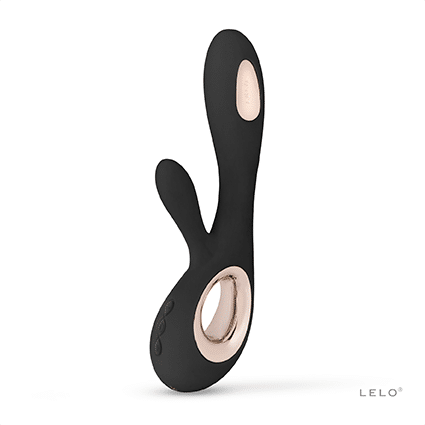This article was originally written by Katy Thorn and updated with the latest research by Karolina Wilde in 2025.
Unfortunately, to this day, many people are still wary of vibrators. There is so much misinformation and stigma around sex toys and vibrators that it’s no surprise people have anxiety over getting addicted to their favorite vibrator.
Anytime you reach for your favorite sex toy, you might be asking yourself: Am I addicted to my vibrator? Am I still able to orgasm without a vibrator? Will my vibrator replace my partner?
Let’s talk about what’s true and what’s not when it comes to sex toy addiction.
Defining Addiction
Before we can discuss sex toy addiction, we have to understand what addiction is. According to the American Society of Addiction Medicine, addiction is…
A treatable, chronic medical disease involving complex interactions among brain circuits, genetics, the environment, and an individual’s life experiences.
The National Health Service (NHS) in the United Kingdom adds that addiction is…
Defined as not having control over doing, taking or using something to the point where it could be harmful to you.
Remember the last time you used your vibrator – Did you feel out of control? Did your favorite G-spot massager or a bullet vibe take over your life or do any harm to you or someone else? Most likely not.
While sex addiction is real, using a vibrator is not something that manifests as sex addiction.
So, Are Vibrators Actually Addicting?
Addiction is when something consumes your life and might even cause harm to you or others. While it’s possible to form an addictive relationship with anything, it’s unlikely that your fondness for your favorite G-spot massager is going to get in the way of other parts of your life.
What people mean when they ask about vibrator addiction, then, is whether the enjoyment they get from a sex toy will be so good that they forego shared intimacy with another person. If that’s the case, then a vibrator and a healthy solo sex life may discourage you from having repeat, unsatisfactory sex with someone, which can be a positive thing and not a sex toy addiction.
However, partnered sex is about so much more than the orgasm that may or may not come at the end. Having sex with your partner is a completely different experience than using a vibrator during masturbation, and these two things shouldn’t be compared or compete against each other. Both are part of healthy human sexuality, and both have different places in our lives.
In fact, it might be fun to merge the two realities into one and use sex toys during partnered play, commonly referred to as mutual masturbation. You can use your vibrator on yourself while your partner watches, have them use it on you, or you might want to use it on them. If you’re both into it, consider picking up a couples’ vibrator that you can use together at the same time.
What About Sex Toy Sensitivity?
Another common fear people have is losing sensitivity in the genital area from using a vibrator too much, which might affect the ability to orgasm without the vibrator involved. That’s a valid fear to have, but that’s not exactly how our bodies work.
Most research done on the sensitivity of the genitals after using sex toys shows that the sensitivity returns pretty soon after the orgasm. You won’t become numb over time or lose the ability to feel stimulation in your intimate areas.
However, it’s true that it’s possible to get used to reaching an orgasm in a certain way (for example, with a vibrator), which might become the most reliable way to have an orgasm. That might impact how you have sex and how easy or fast you get to the destination.
You might have heard about the death grip syndrome that men experience. It’s something that happens due to various reasons that can impact men’s ability to orgasm during partnered sex. Research shows that men who find masturbation more pleasurable than partnered sex maintain masturbation techniques that reduce the sensitivity to the penis, making it harder to orgasm during intercourse.
A similar thing might happen with your favorite vibrator. If you always reliably and quickly orgasm using your favorite vibrator, your brain and body might get used to it, and it might be hard to orgasm any other way. But that’s more due to a technique in general and not the toy itself.
The same can happen with masturbation positions. For example, if you always climax while on your back with your legs straight, you will always prefer this position over any other during masturbation or partnered sex and find it easier to climax in this position. Again, it’s not about the vibrator itself but the habit.
If you have a fear of getting used to your vibrator and never being able to climax with a partner, consider switching it up from time to time – switch up locations, positions, sex toys, and masturbation techniques. The wider your sexual repertoire is during masturbation and partnered sex, the easier it’ll be to reach an orgasm under different circumstances.
The Benefits of Using Sex Toys
We can’t ignore the fact that the orgasm gap still exists, especially among heterosexual couples. Men orgasm between 70% to 85% of the time, while women only orgasm 46% to 58% of the time during partnered sex.
Using sex toys during solo play and partnered play can help us close the gap. It’s no secret that many women require clitoral stimulation during intercourse to orgasm or to have better, more pleasurable orgasms.
Plus, orgasms offer a bundle of health benefits, and it doesn’t matter how the orgasm was achieved. Vibrators can have a positive effect on how sexually satisfied we feel, and there is definitely a healthy place for vibrators in our lives.

